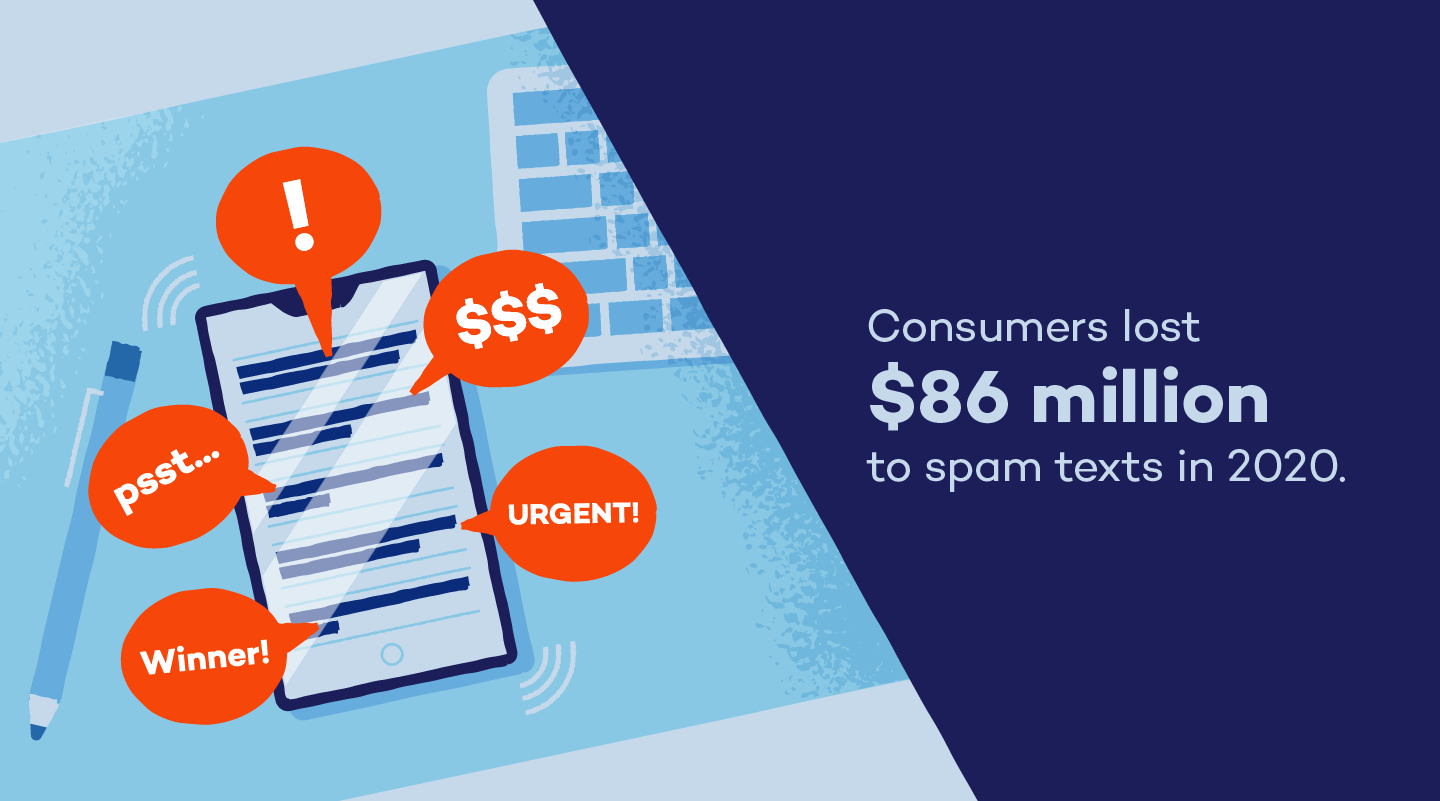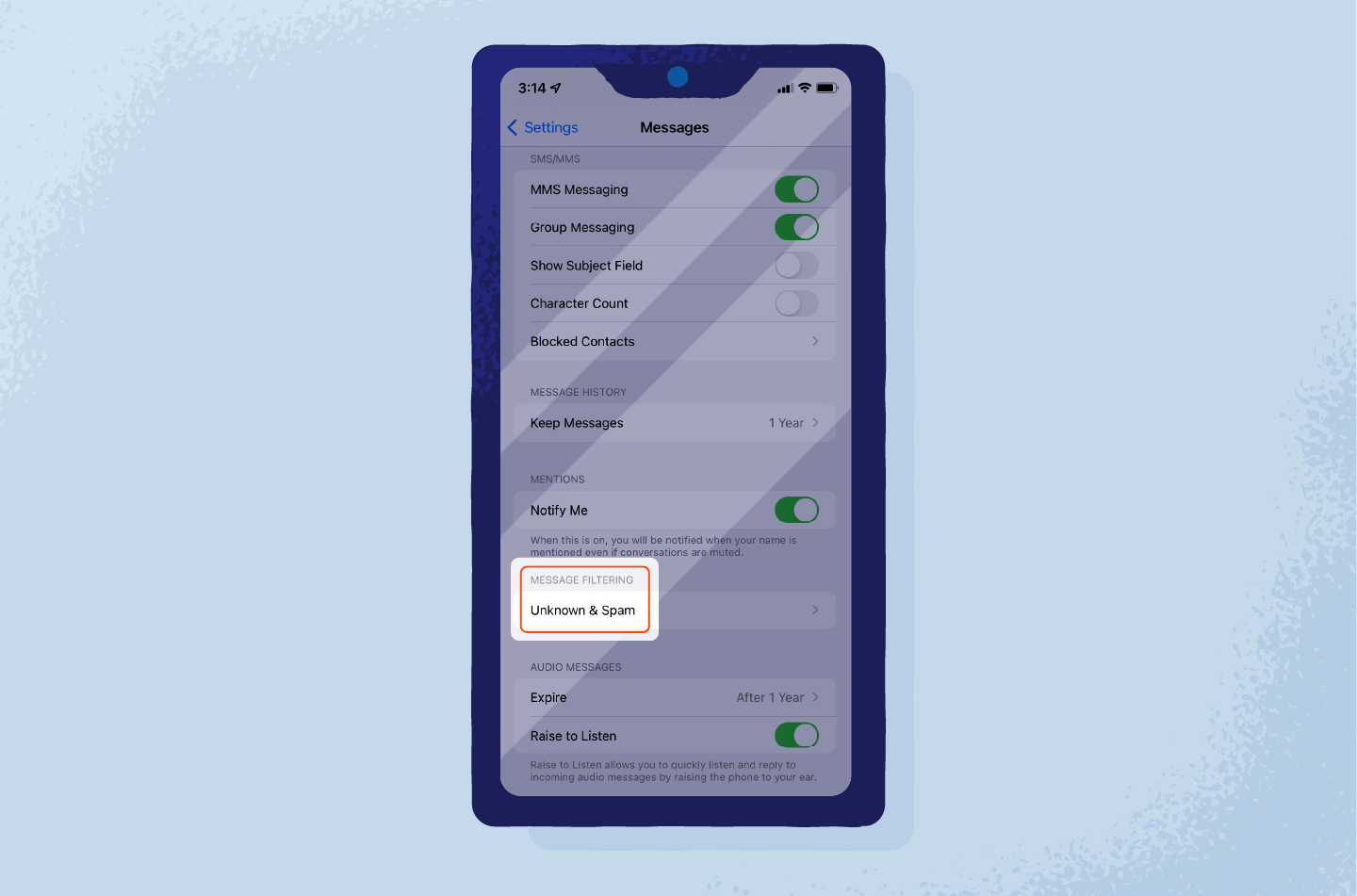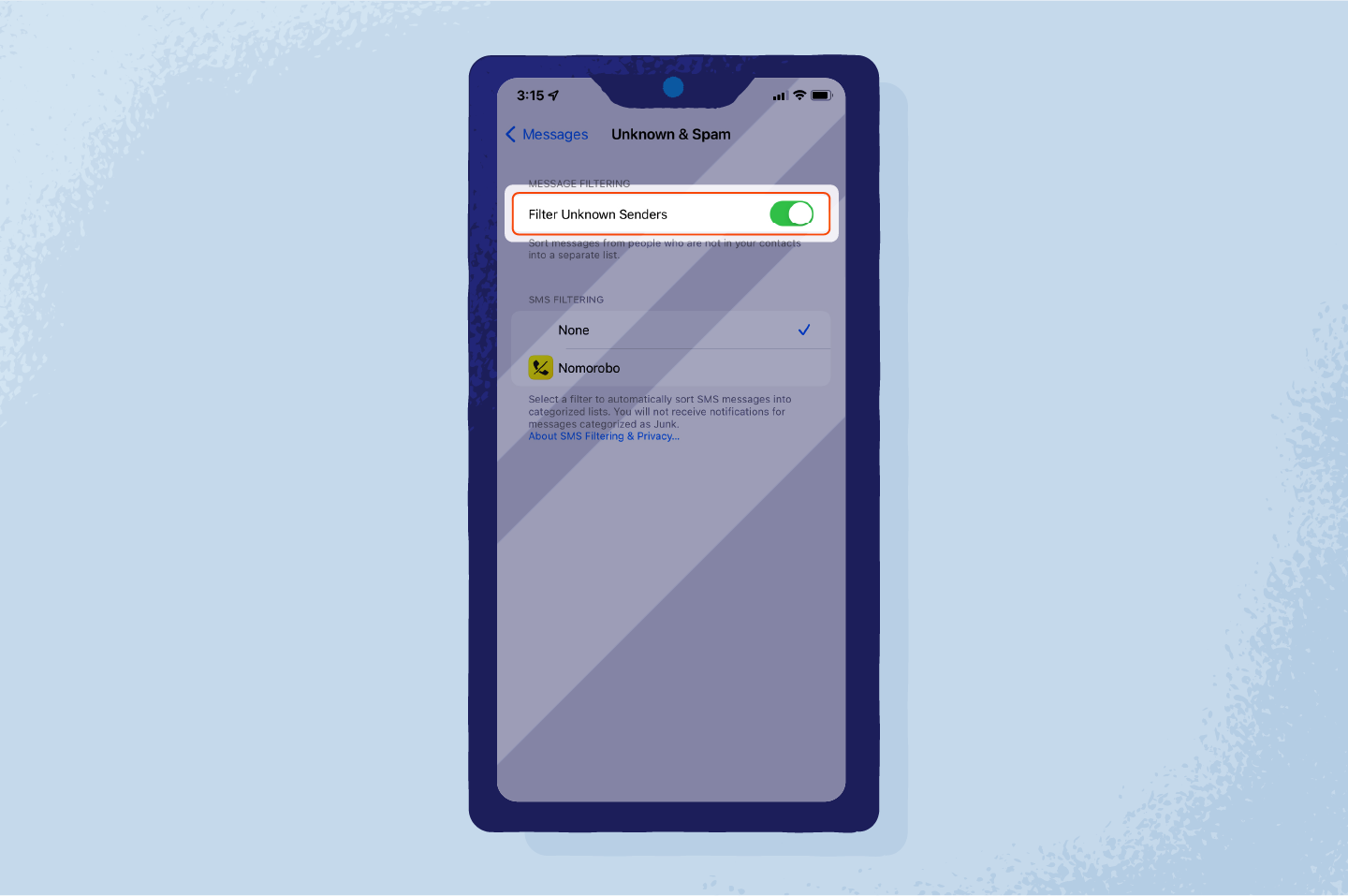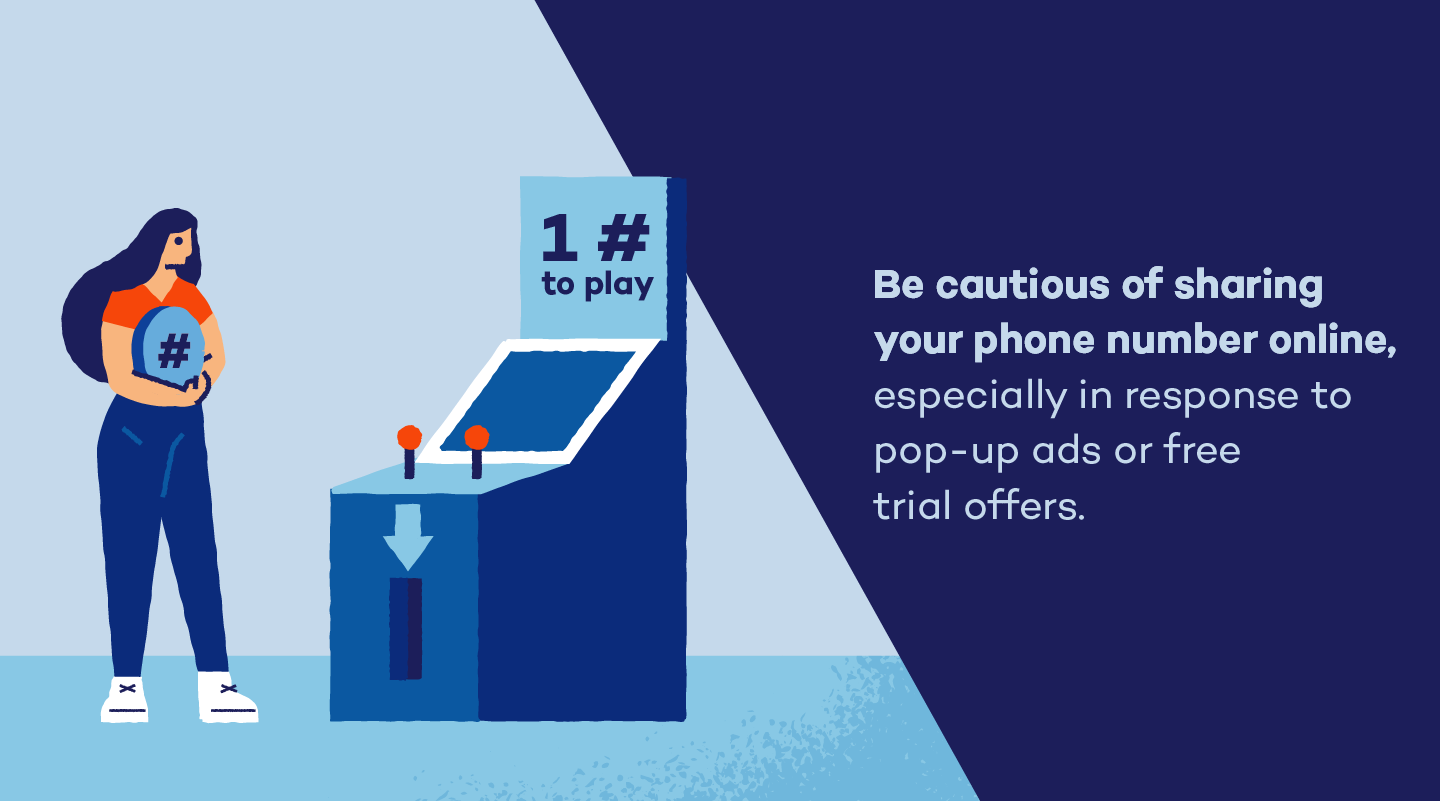
Have you ever received an unsolicited text message promising million-dollar cash prizes or a free cruise? Messages like these are scam texts, sent by scammers in an attempt to steal your money or obtain confidential information like bank account numbers or passwords.
While text message scams, also known as “smishing,” might seem harmless, they can wreak havoc on your personal life and finances — consumers lost $86 million to spam texts in 2020. Here’s how to protect yourself.
How Do Text Message or Smishing Scams Work?
Text message and smishing scams occur when scammers send fake texts to lure you into sharing your personal information. Spam texts might prompt you to click on a link that leads to a spoofed or malicious website that appears legitimate, but once you enter your login information, hackers can gain access to your credentials and other personal data.
How Do Text Message or Smishing Scams Work?
Text message and smishing scams occur when scammers send fake texts to lure you into sharing your personal information. Spam texts might prompt you to click on a link that leads to a spoofed or malicious website that appears legitimate, but once you enter your login information, hackers can gain access to your credentials and other personal data.

Other spam texts might try to rope you in with lucrative offers like free prize money or gift cards to reputable retailers. While text message scam types vary, they all share the same goal of tricking victims into sharing confidential information.
Can You Get Scammed by Opening a Text Message?
You can’t get scammed just by opening a spam text, so long as you don’t reply, click on links or share any personal information.

6 Examples of Spam Texts
Fake text messages and smishing scams come in a variety of forms. Take a look at some of the most common examples of spam texts:
Your package is pending:
[Name], we came across a package from [a recent month] pending for you. Kindly claim ownership and confirm for delivery here: [link].
Bank account closure:
Dear [Name], Bank of America is closing your bank account. Please confirm your PIN at [link] to keep your account activated.
Prize winner:
You’ve won a prize! Go to [link] to claim your $500 Amazon gift card.
New billing statement:
Dear [Name], your AT&T billing statement is ready. Please review and send payment by [date] to avoid an overdue payment charge: [link].
The IRS is trying to contact you:
Your IRS tax refund is pending acceptance. Must accept within 24 hours: [link].
A family member needs help:
URGENT Your grandson was arrested last night in Mexico. Need bail money immediately Western Union Wire $9,500: [link].
How to Identify a Fake Text Message: 5 Telltale Signs
As seen above, spam texts can take many forms. That said, it can still be tricky to sniff one out, especially as hackers grow more sophisticated with their scams. Here are a few key signs to keep in mind that can help you spot a spam text or smishing scam:
- The message has no relevance to you: The message seems completely out of the blue and isn’t connected to an activity you’ve recently undertaken.
- The message conveys a sense of urgency: The message is urging you to act quickly to avoid some type of penalty.
- The message is from an unfamiliar phone number: The message is from a phone number you don’t recognize or a phone number with five to six digits instead of 10.
- The message contains misspellings and poor grammar: The message is written with poor grammar, misspelled words or generally awkward use of language.
- The message has a suspicious link: The message contains a suspicious link, often shown as a “bit.ly” link (bit.ly/yourprize001).
How to Avoid Text Message Scams
There are a number of steps you can take to reduce the chances of falling victim to a text message scam:
- Opt out of text marketing communications for companies and retailers you shop with.
- Download free call-blocker apps (which also block spam texts) like Nomorobo or Hiya. You can view a full list of call-blocking apps for different types of phones at ctia.org (Android, Apple and Windows).
- Never respond to unsolicited texts (not even by using “STOP” to opt out).
- Never click on links in a text from an unknown or suspicious sender.
- Never share any personal or financial information with an unknown sender.
- Be cautious about where you share your cell phone number or other personal information, especially in response to pop-up ads or free trial offers.
- Regularly update your phone’s security settings when prompted.
- Filter out potential spam texts from unknown senders (instructions below):
iPhone:
- Tap Settings > Messages, then scroll down to Message Filtering > tap Unknown & Spam

- Enable Filter Unknown Senders

Android:
- In Messages, tap the three-dot icon > Settings > Spam protection
- Check the Enable Spam Protection toggle

How to Report Spam Text Messages
Reporting potential spam texts is another great way to avoid a smishing scam. There are a few ways you can report them:
- Copy the message and forward it to 7726 (SPAM).
- Submit a report to the Federal Trade Commission.
- Submit a report on your phone’s messaging app. Instructions below:
iPhone:
- Open the Messages app and open the spam text
- At the top of the conversation, tap the sender’s contact icon
- Tap the info button > scroll down and tap Block this Caller
Android:
- Open the Messages app
- Touch and hold the conversation you want to report
- Tap Block > Report spam > OK.
With text message scams and smishing scams on the rise, it’s critical to be on guard and know the warning signs of fake texts. Using your best judgment and learning the telltale signs of a potential scam can help you spot a threat before it has the chance to do any damage. To secure all of your devices and further safeguard your data, Panda Security’s free antivirus is a great place to start.
The post Text Message Scams: How to Recognize, Report and Restrict Them appeared first on Panda Security Mediacenter.
Article Link: Text Message Scams: How to Recognize, Report and Restrict Them - Panda Security Mediacenter